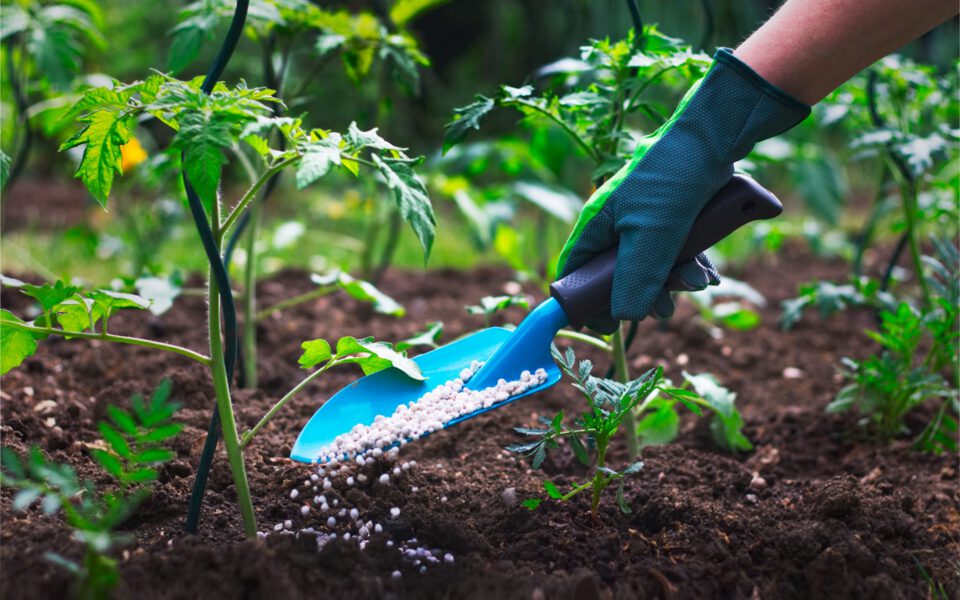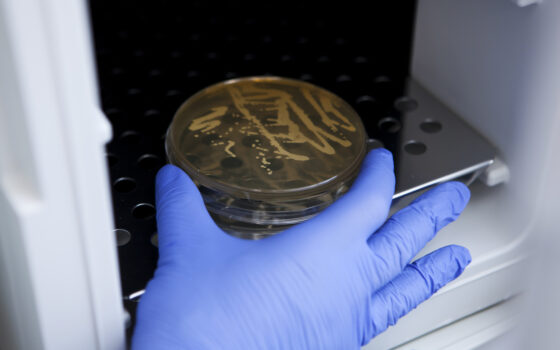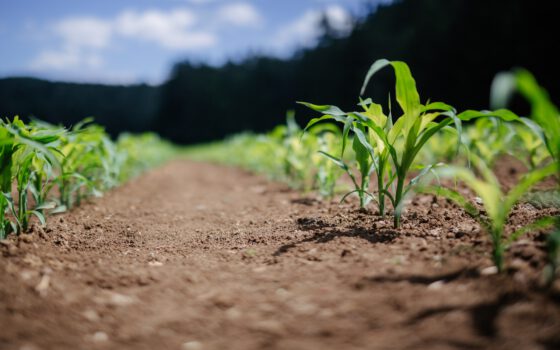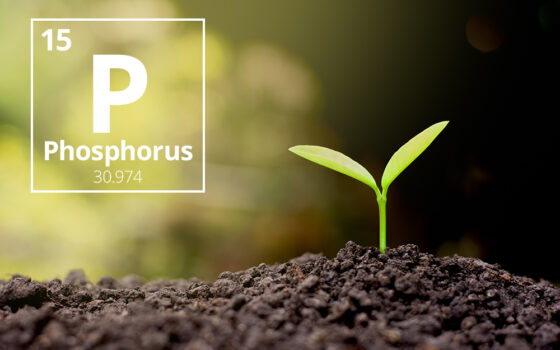The global market for mineral fertilizers by 2024 should reach $ 150 billion value. The annual growth of almost 4% in consumption will be mainly driven by developing Asian regions, while consumption in Europe may not only stabilize but can also decline. The main reason: the use of chemical fertilizers is increasingly being restricted on the initiative of the European Union and individual member countries.
Meanwhile, the growth of the bio-fertilizer market is over 10 percent per year. The growth of this market is linked to the growth of demand for organic products, environmental guidelines and the emergence of a simpler form of bio-fertilizer for end-use. Even if at first glance chemical and biological fertilizers look like rivals in a boxing ring, eventually they can become good allies. And this “partnership” should also be used by farmers.
What to choose – quick plant-absorbed chemical fertilizers or long-term comprehensive biological products?
Let’s combine both: speed and benefit. The main advantages of traditional chemical fertilizers are relatively light transportation and use (pouring out, dosing, etc.), and most of them are quickly absorbed by plants (especially nitrogenous compounds). The main disadvantage of these fertilizers is that some of them, especially in unfavorable climatic conditions, are washed away in groundwater or evaporate to the atmosphere in the form of gas. Therefore, a portion of the fertilizers is lost and the plant reaches fewer active substances, in some cases even up to 50% of the loss. In addition, the intensive use of mineral fertilizers changes the balance of soil elements and also the composition of soil micro-organisms transforms. For these reasons, mineral fertilizers are not being used most effectively.
In order to increase the efficiency of these fertilizers, it is necessary to improve both soil quality and microbiological activity.
The higher the biological activity of the soil is, the more the plants are resistant to the environment, the better the relationship between soil air and water, the more effectively the roots of the plants develop. Plants absorb chemical fertilizers easier, fewer active substances are lost. Some of them are captured in organic compounds and gradually released into the rhizosphere, ensuring a steady supply of nutrients to the plant during vegetation. In addition to the incorporation of traditional organic fertilizers such as slurry, hummus, sapropel or plant residues into the soil, the use of industrially produced biological preparations has increased significantly over the past decades. The market for biological fertilizers can offer products of very different compositions, ranging from extracts to concentrates of microorganisms. The overall purpose of all these preparations is the same – to restore soil fertility, to solve metabolic disorders, to activate biological activity, to inhibit the growth of pathogenic microorganisms. Compositions for complex agricultural microbiological preparations typically include nitrogen fixative, phosphate-soluble, potassium immobilizing bacterial culture, mycorrhizal and antagonistic fungi cultures, biologically active and auxiliary materials to facilitate plant nutrition or micro-organism uptake in the soil. The main advantages of such preparations are obvious: better soil quality and higher yield and its quality. The main drawback is the lack of information on their applicability in conventional farming techniques. The great variety of products and prices creates preconditions for mistake choice, so it is advisable to only use products that are already established in the market and have scientific substantiation. The effectiveness of multi-component, various microorganism, and organic substances may be less dependent on specific climatic or operating conditions. One such product is soil improver “BioSpectrum”.
It can be said that it is worth using both conventional chemical fertilizers and biological preparations, especially in degraded soils, where chemical fertilizers alone do not allow good and high-quality yield.
Can biological and mineral fertilizers be harmonized?
Not only is it possible, but also useful. On farms (except ecological), the use of chemical fertilizers, even though limited by the requirements of the European Union, will remain one of the main elements of farming in the coming decades. Therefore, synergies between different fertilization technologies will be increasingly emphasized for efficiency. There are several different scenarios: the first is the application of complex fertilization technology using a biological preparation such as nitrogen-fixating bacteria, and conventional nitrogen fertilizers, the second being the introduction of biological preparations into the fertilizer itself, in the granulation stage, or by coating. One of the innovators of this decision are scientists working in Lithuania. In 2015, a team led by Dr. Ernestas Zaleckas has set the goal of creating a technology that combines the biological and chemical worlds. The first mineral fertilizers with which this technology was developed were ammonium sulfate. Three main goals have been set up: to reduce the losses of nitrogen evaporation and leaching, and to ensure that plants effectively absorb sulfur compounds. This is how the product was produced – bio-activated ammonium sulfate. The biologically active, naturally occurring organic compounds contained in this product optimize the absorption of nitrogen and sulfur contained in the product and activate the activity of microorganisms in the root zone of plants. Biologically active organic compounds present in fertilizers stimulate the natural processes of sulfur immobilization, thus avoiding losses due to leaching and evaporation.
Bio-activated ammonium sulfate studies were conducted under laboratory and conventional farming conditions. Field trials were organized at Aleksandras Stulginskis University Test Station and Farmer Fields in different regions of Lithuania (2015-2017). After summarizing the results of the research in the farmers’ production fields, the most notable differences in the yield additive were found in rapeseed, where the average yield supplement was 22% (control – traditional ammonium sulfate) using bioactivated ammonium sulfate.
Achieved results inspired the delivery of the product to farmers in Lithuania and other countries. In Lithuania, “Kauno Grūdai Group”, which has supported this innovation from the very beginning of its creation, has secured an exclusive supply of the product. One of the first farmers who tested the product, Modestas Rutkauskas (Kaunas district), was surprised by the impressive effectiveness of the activated ammonium sulfate preparation: “I noticed half a hectare of additive in oilseed rape, I intend to use activated sulfate this year,” said the farmer. When asked about the situation of rape in the fields of this spring, the farmer noticed that “the quality of rape after winter frosts is not pleasant, a lot of them are frozen”. Under these conditions, the use of more efficient fertilizers is even more important in order to equip the plants with all the nutrients and revitalize them after winter stress.






